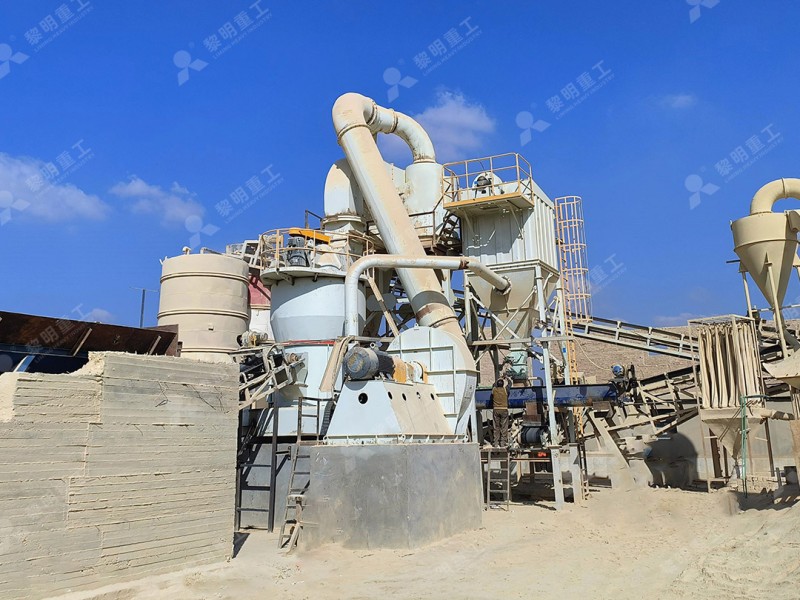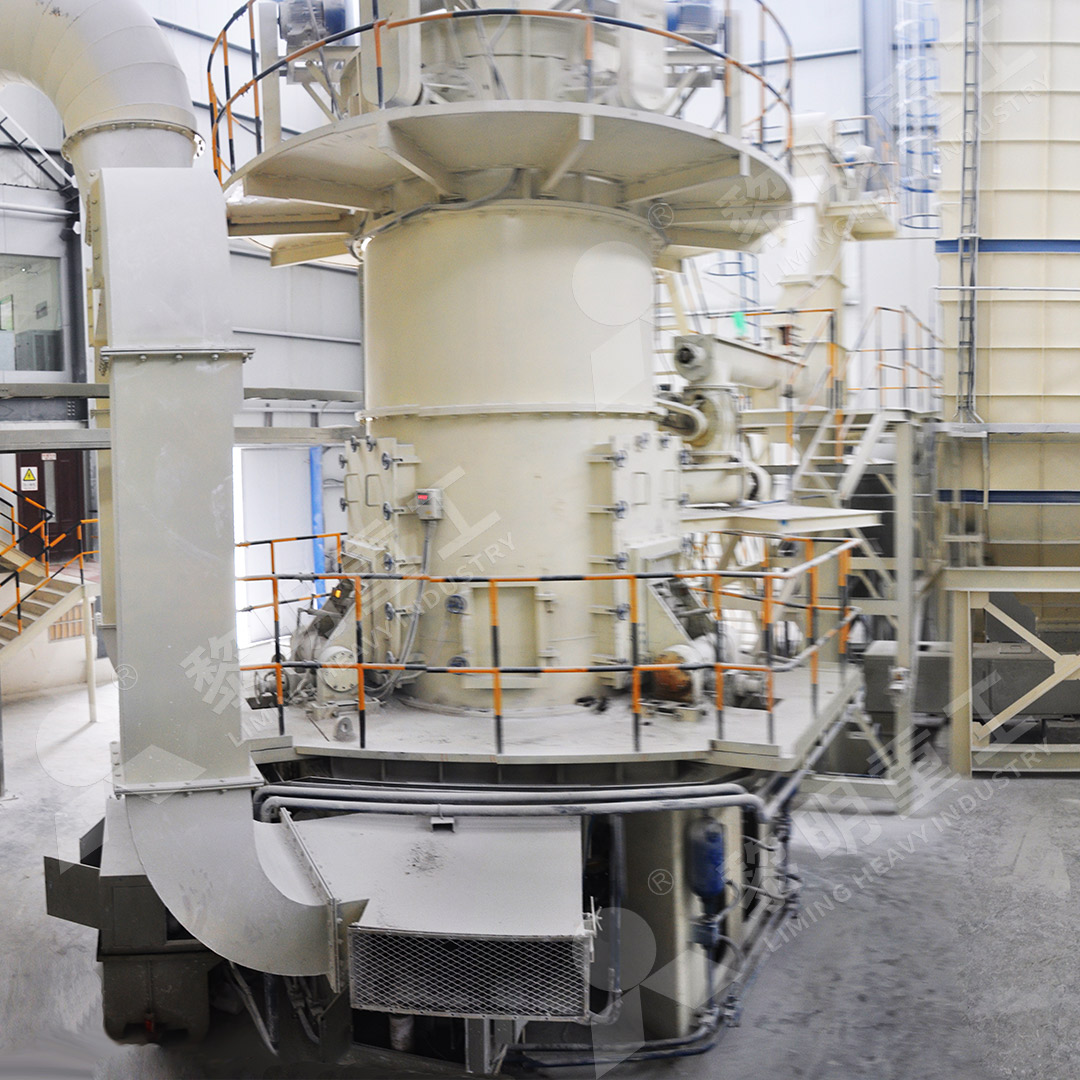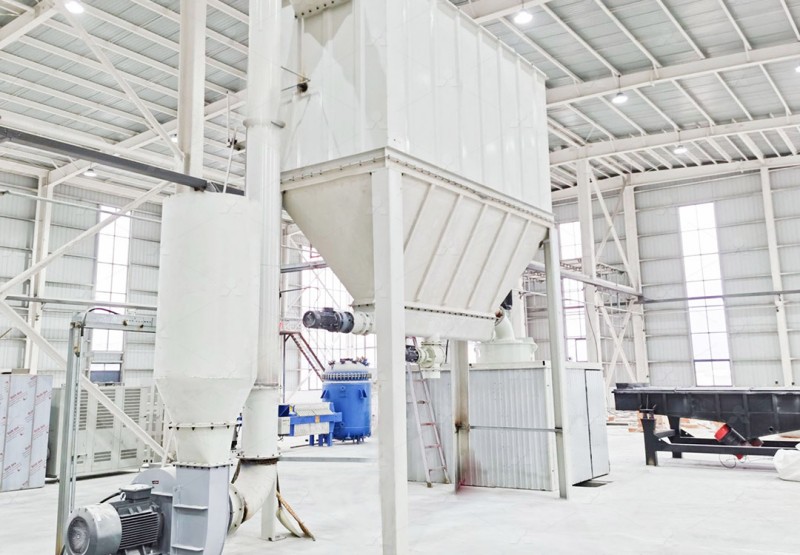How to Buy a Used Bridgeport Vertical Milling Machine: A Complete Guide
We provide a wide range of mills — including Raymond mill, trapezoidal mill, vertical mill, ultrafine mill, and ball mill, obtained ISO9001 international quality certification, EU CE certification, and Customs Union CU-TR certification. Suitable for processing minerals such as limestone, phosphate, quicklime, kaolin, talc, barite, bentonite, calcium carbonate, dolomite, coal, gypsum, clay, carbon black, slag, cement raw materials, cement clinker, and more.
The discharge range of these mills can be adjusted to meet specific processing needs, typically from 80-400 mesh, 600-3250 mesh, and can achieve the finest particle size of up to 6000 mesh(D50).
If you are looking for a reliable grinding solution to turn stone or minerals into fine powder, please feel free to contact our online customer service.
How to Buy a Used Bridgeport Vertical Milling Machine: A Complete Guide
So, you’re in the market for a used Bridgeport vertical milling machine? Smart move. These iconic knee mills are the workhorses of machine shops worldwide, known for their reliability, versatility, and the sheer availability of parts and tooling. But buying used can be a minefield if you don’t know what to look for. This guide will walk you through the process, from inspection to installation, to ensure you get a machine that will serve you well for years to come, not become a expensive paperweight.
Step 1: Know What You’re Looking At
First things first, identify the model. The most common is the Series I Standard, often with a 2HP or 1.5HP J-head. You might also encounter a Series II Special or an EZ-Trak CNC model. Check the serial number – usually located on the knee – to determine the machine’s age. A quick search online can decode this for you. Don’t be afraid to get your hands dirty during the inspection. A little grease is normal; a lot of play in the handles is not.

Step 2: The Critical Inspection Checklist
Here’s what you need to scrutinize:
- Ways & Gibs: Look for scoring or deep scratches on the hardened ways. Gibs should be adjustable but not have excessive slop. Movement should be smooth, not jerky.
- Spindle & Quill: Run the spindle! Listen for bearing noise – a low hum is okay, a grinding or rumbling sound is a red flag. Check for any play by trying to wiggle the spindle. Engage the quill feed and ensure it operates smoothly without slipping.
- Table & Screws: Move the table through its entire travel. Backlash (the free play in the handwheel) is expected on a used machine, but more than a few thou per foot is a sign of worn nuts and screws. Look for damage to the table T-slots.
- Power Feed & DRO: If equipped, test the table power feed in both directions. If it has a Digital Read Out (DRO), ensure all axes read accurately and consistently.
- Electrics: Check the motor startup. It should come up to speed without excessive vibration or strange noises. Test all switches and functions, including the brake on a J-head.
Step 3: The All-Important Test Cut
Never buy a mill without making a test cut. Bring a piece of mild steel or aluminum. Take a cut using a decent end mill. You’re listening for chatter and looking at the finish. A well-tuned Bridgeport will leave a smooth, shimmering finish. Chatter marks indicate worn spindle bearings or other issues. Also, check if the machine will hold tolerance by milling a step and measuring it with a micrometer.

Step 4: Tooling & Negotiation
A machine with tooling is a way better deal. Vises, collets (R8 is standard), end mill holders, and a rotary table add significant value. Use any issues you found during inspection as leverage in your negotiation. Factor in the cost of potential repairs – new spindle bearings or a ballscrew rebuild ain’t cheap.
Step 5: Powering Up and First Projects
Got it home? Now you need to make chips. For many shops, a milling machine is just one part of the process. Once you’ve milled your components, you might need to finish them to an ultra-fine tolerance or specific surface finish. This is where having the right auxiliary equipment is key.
For instance, if your work involves creating fine powders for composites, coatings, or advanced materials, a high-quality grinder is indispensable. While our expertise at LIMING is in grinding mills, we understand the entire fabrication workflow. For projects requiring the production of ultra-fine powder from materials like limestone, calcite, or even certain metals, our MW Ultrafine Grinding Mill is an exceptional piece of equipment. It’s designed for efficiency, producing powder between 325-2500 meshes with higher yield and lower energy consumption than many alternatives. Its unique design means no worries about rolling bearings or screws in the grinding chamber, making it incredibly reliable for continuous 24/7 operation. It’s the perfect companion to a machining center for complete material processing solutions.

Conclusion
Buying a used Bridgeport is about patience and a keen eye. Don’t rush the purchase. A good one will be a faithful servant; a bad one will drain your wallet and your sanity. Do your homework, inspect thoroughly, and you’ll land a piece of American manufacturing history that still gets the job done. And remember, for all your fine powder production needs that start with a milled product, we’ve got the technology to help you finish the job.
